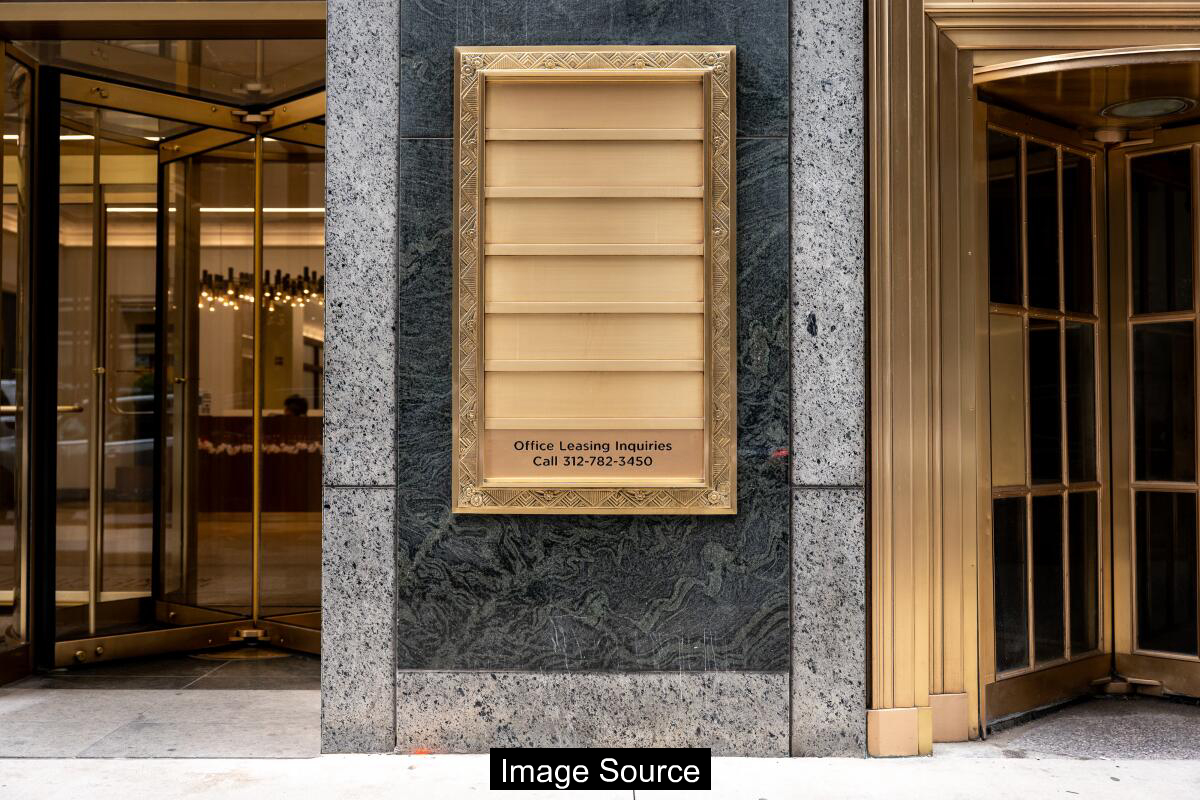Major corporations across the United States have been increasingly mandating in-person work, with many tech giants and financial firms requiring employees to return to physical offices. Despite this national trend, California’s workforce remains more resistant to traditional office arrangements, reflecting the state’s long-standing culture of workplace flexibility and remote work innovation.

The Return to Office Landscape
The post-pandemic workplace continues to evolve, with companies nationwide pushing for increased office attendance. Recent surveys indicate a significant shift in workplace dynamics, as businesses seek to reestablish pre-COVID work patterns. Managers are increasingly implementing and enforcing attendance policies to rebuild workplace culture and collaboration.
Companies have made substantial progress in establishing new work guidelines, with 72% of surveyed organizations meeting their attendance goals. This represents a notable increase from 61% in the previous year, signaling a growing commitment to in-person work environments. The trend reflects a broader desire to recreate the workplace interactions and team dynamics that were disrupted during remote work periods.
However, the return to office is not uniform across all regions. California, particularly metropolitan areas like Los Angeles and San Francisco, continues to lag behind national averages in office attendance. Factors such as long commutes, technology-driven work, and industry-specific cultures contribute to this regional variation.

Regional Attendance Variations
Los Angeles and San Francisco demonstrate significantly lower office occupancy rates compared to other major cities. As of August 2025, office attendance in these areas hovers around 48.3% and 41.8% respectively, well below cities like New York and Chicago. The entertainment and technology sectors, which dominate these regions, contribute to more flexible work arrangements.
Commute challenges play a substantial role in California’s lower office attendance. Los Angeles, known for its extensive traffic and long transportation times, makes daily office visits more challenging for employees. This geographical constraint has historically influenced workplace flexibility, even before the pandemic.
The quality of office spaces also impacts attendance rates. Higher-end office environments, particularly in areas like Century City, demonstrate better occupancy levels. Companies investing significantly in office infrastructure are more likely to encourage and enforce in-person work policies.
Policy Enforcement and Expectations
Companies are increasingly monitoring and enforcing attendance policies, with the percentage of organizations tracking employee office presence jumping from 45% to 69% in the past year. Actual enforcement has also doubled, rising from 17% to 37%. Managers express a desire for employees to be present an average of 3.2 days per week, with current attendance averaging 2.9 days.
The inconsistent attendance creates challenges for workplace dynamics. More than half of organizations report difficulties maintaining workplace vibrancy during low-attendance periods. Uneven attendance patterns disrupt team cohesion and make it challenging to provide consistent employee experiences.
To encourage office returns, companies are implementing various strategies. These include offering concierge services, providing free meals, creating comfortable workspaces, and selecting office locations near amenities and public transportation. The goal is to make office environments more attractive and convenient for employees.
Office Return FAQ
Q1. Why are companies pushing for office returns?
A1. Organizations seek to rebuild collaborative cultures, enhance team interactions, and maximize workplace productivity that was potentially diminished during remote work periods.
Q2. What strategies are companies using to encourage office attendance?
A2. Employers are offering amenities like free food, comfortable workspaces, concierge services, and selecting office locations with convenient transportation and recreational facilities.
Commercial Real Estate Implications
The ongoing office attendance trends have significant implications for commercial real estate. Downtown Los Angeles faces potential devaluation of office buildings, with 54 properties at immediate risk. Projections suggest nearly $70 billion in potential value loss over the next decade, potentially resulting in $353 million of reduced property tax revenues.
Some stakeholders are exploring alternative solutions, such as partial or complete conversion of office spaces into residential housing. This adaptive approach could help address urban housing shortages while mitigating commercial real estate challenges.
Despite challenges, 67% of surveyed managers plan to maintain or expand their office spaces. Companies are increasingly prioritizing workplace experience, efficient space utilization, and selecting locations that appeal to employee preferences.
Future Outlook
The workplace landscape continues to transform, with hybrid models becoming increasingly sophisticated. Companies are balancing employee preferences with organizational needs, creating more flexible and attractive work environments.
Technology, industry dynamics, and regional characteristics will continue to shape office attendance patterns. Organizations that successfully adapt their workplace strategies are likely to attract and retain top talent.
As businesses refine their approach to in-person work, the next few years will be critical in establishing long-term workplace norms. Continuous adaptation and employee-centric policies will be key to successful workplace strategies.
※ This article summarizes publicly available reporting and is provided for general information only. It is not legal, medical, or investment advice. Please consult a qualified professional for decisions.
Source: latimes.com